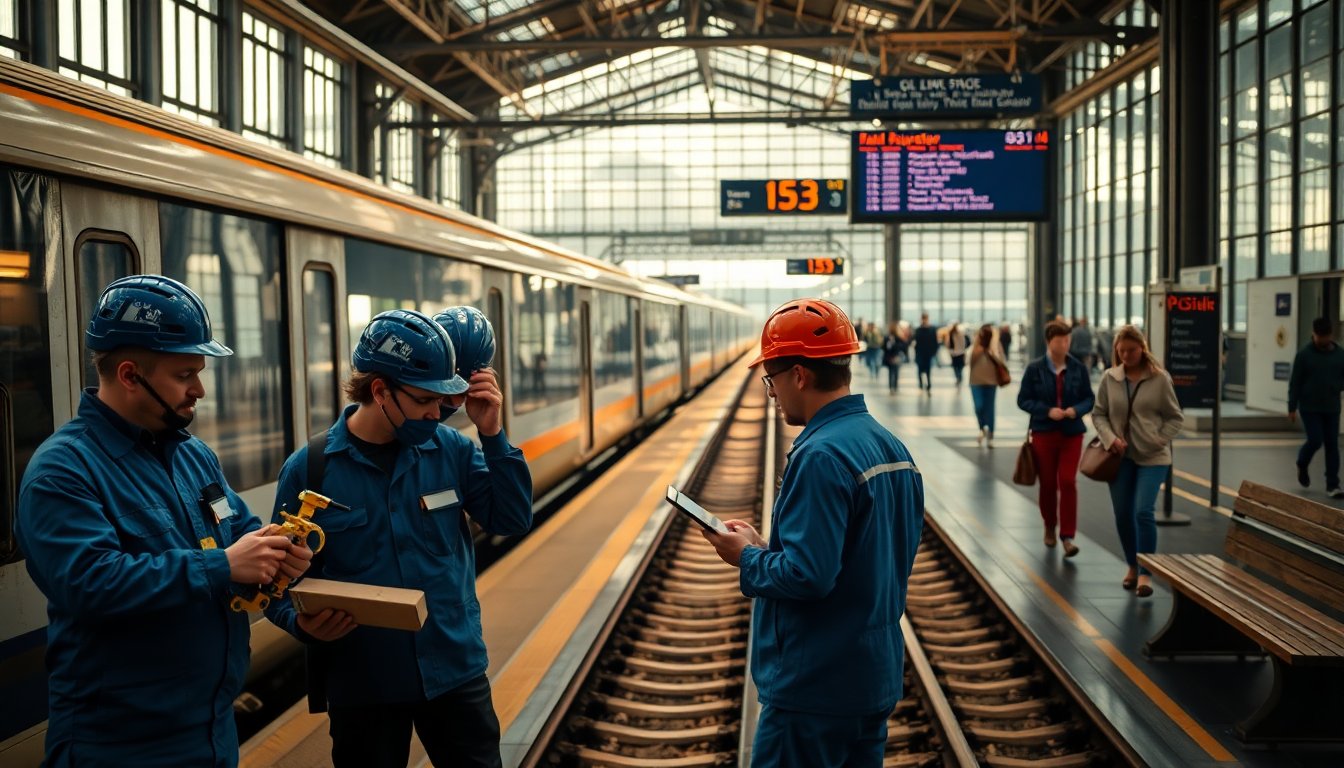Table of Contents
Railway systems serve as a critical component of efficient transportation, linking cities and enabling commerce. However, a series of tragic accidents has raised significant concerns about the safety of these networks, prompting urgent questions regarding the protocols designed to protect both workers and passengers. Notable incidents in southwestern China and Italy’s Ferrara region underscore the far-reaching implications of these events.
Recent accidents in China and Italy
On a Thursday morning, a test train, designated No. 55537 and tasked with evaluating seismic equipment, collided with a group of railway workers in Yunnan province. This tragic incident resulted in the loss of 11 lives and left two others injured, as reported by state media. The accident occurred at the Luoyangzhen Station in Kunming, the provincial capital, while workers were entering the railway line. In response, local and railway authorities activated emergency protocols to manage the crisis.
Just days earlier in Italy, a train transporting students collided with a heavy vehicle at a level crossing between Bondeno and Vigarano Pieve. This collision caused panic and resulted in injuries to five individuals, including the train’s driver and three passengers. Fortunately, the injuries were not as severe as initially feared. The truck, transporting vehicles, was positioned on the tracks at the time of the accident, prompting immediate investigations to clarify the circumstances surrounding the collision.
Understanding the gravity of railway safety
The ramifications of these incidents extend beyond mere statistics; they highlight critical lapses in railway safety measures that require immediate attention. Both accidents exemplify the potential dangers faced by railway workers and passengers, igniting discussions about the adequacy of existing safety protocols.
Challenges faced by railway systems
Following the Yunnan incident, questions arise regarding the protocols for ensuring worker safety, particularly when test trains are in operation. The railway sector must reassess its operational practices to prevent future tragedies. Enhanced training for workers, combined with improved communication technologies, could establish a foundation for a safer working environment.
Similarly, the incident in Italy reveals systemic issues at level crossings, where safety measures may not be sufficient to prevent collisions with heavy vehicles. The implementation of effective warning systems, along with rigorous enforcement of traffic regulations, is essential to safeguard both rail and road users.
The role of authorities in ensuring safety
In light of these accidents, it is crucial for both local and national authorities to prioritize railway safety. Regular audits of safety practices and the implementation of advanced technology can significantly mitigate risks. Collaboration with industry experts can yield valuable insights into innovative safety solutions.
Furthermore, public awareness campaigns could cultivate a culture of safety among both workers and the public, promoting vigilance and adherence to safety protocols. As demonstrated in both incidents, the consequences of negligence can be catastrophic, making it the responsibility of all stakeholders to ensure such tragedies do not recur.
Call to action for railway safety
The recent train accidents in China and Italy serve as a stark reminder of the inherent risks associated with railway systems. To prevent future incidents and protect lives, it is essential for governments, railway companies, and industry regulators to adopt a proactive stance on safety. By addressing the deficiencies in current practices and investing in robust safety measures, stakeholders can work toward a safer future for all who rely on this vital mode of transportation.


